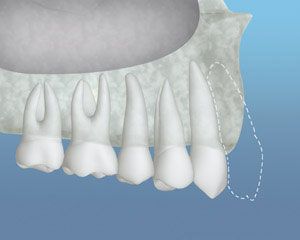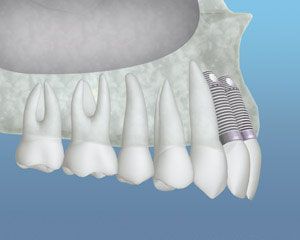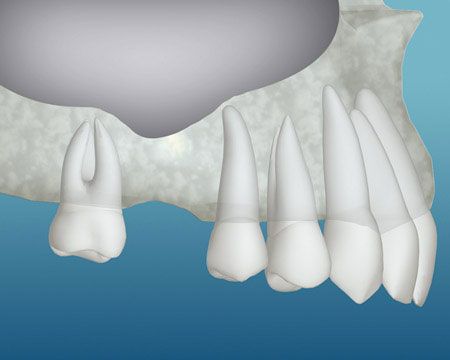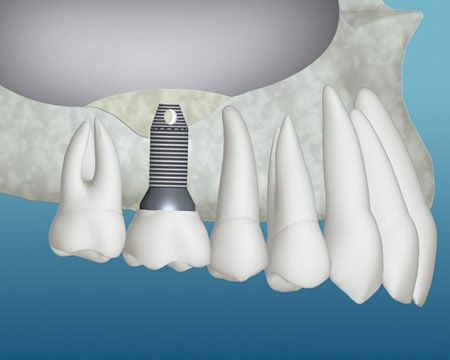Bone Grafting For Dental Implants
Bone Grafting For Dental Implants in San Ramon, CA
In order to place a dental implant, there must first be an adequate amount of bone in the area. Without sufficient bone mass, the dental implant is more likely to fail early or have trouble fusing with the existing bone at all. For this reason, bone grafting is sometimes required before the implant is placed.

Will I need bone grafting?
Only a thorough examination in our office can tell us if you will need a bone graft, but here are a few commonly occurring instances that often indicate its necessity:
- When a tooth has been missing for several months or more. If you lost a tooth or had an extraction and didn’t have an implant or graft placed at the same time, your jawbone may have lost some volume of the bone mass. You experienced an injury or infection that caused a defect in the bone.
- Missing front teeth. The walls of the front teeth sockets are often very thin and have a difficult time regenerating on their own.
- Sinus cavities that are very large or low. In this case, a “sinus lift” may be required to help restore the bone height needed for implant placement.

1. Inadequate Bone

2. Graft Material Placed

3. Implants Placed
What is bone grafting?
Bone grafting refers to procedures when bone is brought in from somewhere else and added to an area to increase its volume. A common approach is to used human or bovine bone from a bone bank.
This type of bone has been sterilized and treated so that the recipient will not develop an immune response and “reject” the tissue. In certain situations, bone can be harvested from somewhere else inside your mouth and transferred to the area that needs augmentation.


1. Inadequate Bone

2. Graft Material and Implant Placed

Does bone grafting add more time to the implant process?
Yes, it takes four to six months for new bone to grow in the jaw. Blood vessels from the area must grow into the area and re-populate the graft with living bone tissue. Once the bone is adequately rejuvenated, our doctors can resume the implant process.
What is recovery from bone grafting like?
Bone grafting may cause some post-op soreness for a few days, but typically this mild pain can be managed with over-the-counter medications. Any necessary prescriptions will be discussed at your appointment.
Bone grafting may cause some post-op soreness and swelling for several days, but typically this mild-to-moderate pain can be managed with over-the-counter medications. Any necessary prescriptions will be discussed at your appointment.
